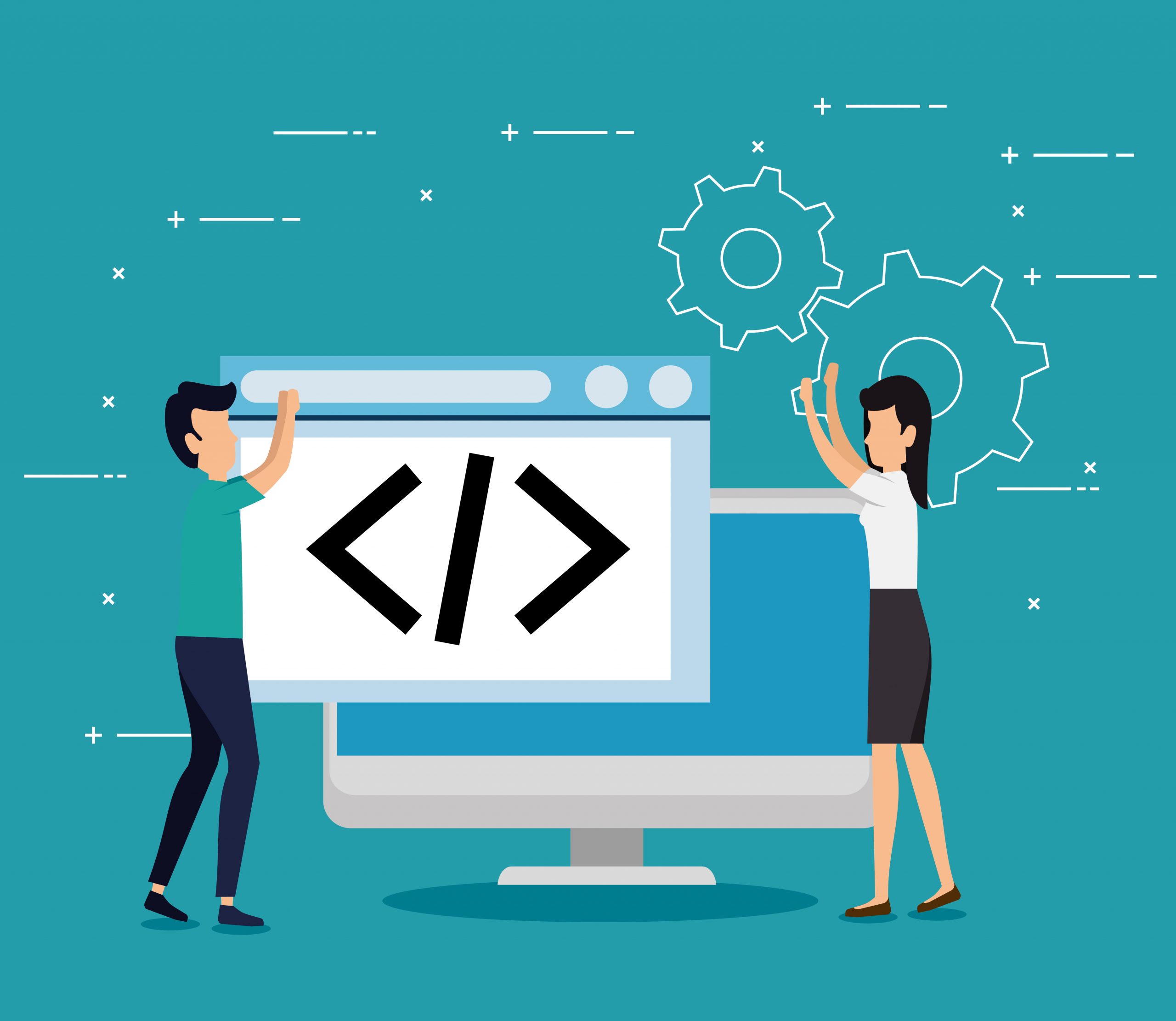In today’s fast-paced, data-driven world, HR departments are expected to do more than just manage employee records – they are now strategic hubs for decision-making, performance tracking and employee development. The secret weapon behind many modern HR solutions? The User Data Hub.
A User Data Hub is a centralized system designed to collect, store and manage user data from a wide range of sources within an organization. Think of it as the nervous system of your HR operations, storing data from multiple systems and providing a clear, holistic view of an employee’s journey within the organization.
In a world where data-driven decisions are key to competitive advantage, the power of a User Data Hub cannot be overstated.
Why HR needs a User Data Hub
The importance of employee data has grown exponentially in recent years. According to a report by PwC, 72% of HR leaders are now investing in data analytics tools to drive better decision-making and talent management processes . HR leaders understand that managing talent isn’t just about tracking attendance or filing paperwork—it’s about understanding your workforce and using insights to drive performance, satisfaction, and retention.
A well-implemented User Data Hub enables organizations to achieve this in the following ways:
1. Comprehensive data collection
Today, data is scattered across systems. Employee records, CRM tools, performance management systems, learning and development platforms, and more. The challenge for many organizations is that this data often lives in silos. A User Data Hub can pull this data from different sources, such as CRM platforms, website interactions, mobile apps and third-party tools; and consolidate it into a unified profile for each user.
According to Deloitte, companies that unify employee data see 41% higher retention rates and 21% higher profitability.
2. Data integration and unified profiles
By integrating this data, HR departments can develop a single, comprehensive profile for each employee. This includes everything from work history and performance reviews to training records and personal preferences. The ability to view a 360-degree profile allows HR teams to make more informed decisions regarding career development, promotions, succession planning and employee engagement.
A study by McKinsey found that organizations using integrated data platforms saw a 32% improvement in employee satisfaction and better alignment between talent strategies and business goals.
3. Better data management
A centralized system ensures that data is not only collected but also properly managed. From ensuring the accuracy of employee information to maintaining compliance with data protection regulations, a User Data Hub streamlines how HR departments handle and store personal and business data. Ensuring the quality of data is critical, as poor data quality costs the average business 20-30% of its revenue annually .
4. Analytics and insights for data-driven decision making
The real value of a User Data Hub is not just in data collection but in turning that data into actionable insights. Tools within the hub allow HR teams to analyze employee behavior, preferences, and trends, driving better decision-making across the organization. This could be used for predicting turnover, identifying skills gaps, or crafting personalized learning plans.
Gartner reports that 60% of companies plan to increase their investment in people analytics as a strategic priority.
5. Seamless data access for stakeholders
Another advantage of a User Data Hub is that it allows data to be easily accessible to relevant stakeholders within the company. Whether it’s department heads looking to track performance, HR administrators managing employee records, or leadership needing insight into workforce trends, the hub ensures that the right people have the right information at their fingertips.
Key User Data Hub settings
To maximize its effectiveness, the User Data Hub must be designed with clear data ownership, access, and visibility rules. Here are the key settings to consider:
1. Data ownership
o User personal: This data belongs to the individual users themselves, such as personal contact information or learning preferences.
o User business: Data owned by the company, which can include employee work history, performance data, or compliance records.
o External: Data that originates from external entities, such as third-party training certifications or benefits administrators.
2. Data visibility
o Secret: Highly confidential data that is hidden from both users and admins.
o Private: Only accessible to system administrators or designated external services.
o Public: Available to everyone, including users and administrators.
o Optional: Users can choose whether they want their data to be visible or not.
These settings ensure that sensitive information is protected while giving the right people access to the information they need to perform their roles effectively.
Why the User Data Hub is a game-changer for HR
At its core, a User Data Hub allows organizations to have a 360-degree view of their employees. This holistic view drives better personalization, improves the employee experience, and leads to more informed business strategies. As the importance of data grows within HR, having a User Data Hub in place becomes essential for companies that want to stay competitive and adaptable to workforce changes.
Brick, Mortar and Daughter – Bringing the power of User Data to HR
At Brick, Mortar and Daughter, we understand how vital it is to manage and integrate data effectively. That’s why our HR solution includes a comprehensive User Data Hub that collects, stores and organizes data across systems, providing you with a unified view of your workforce. With features like user-specific data management, customizable access controls, and in-depth analytics, our platform empowers HR teams to make smarter decisions and improve organizational outcomes.



